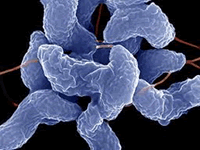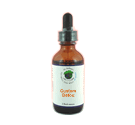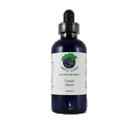 Arthropod/Vector
Bacteria
Chemicals
Fungus /Mold
/ Yeast Metals Parasites Virus Other Arthropod/Vector
Bacteria
Chemicals
Fungus /Mold
/ Yeast Metals Parasites Virus Other
|
Campylobacter
The common types of transmission are fecal-oral, ingestion of contaminated food or water, and the eating of raw meat. It produces an inflammatory, sometimes bloody, diarrhea, periodontitis or dysentery syndrome, mostly including cramps, fever and pain. The infection is usually self-limiting and symptoms typically last for five to seven days. The sites of tissue injury include the jejunum, the ileum, and the colon. Most strains of C jejuni produce a toxin that hinders the cells from dividing and activating the immune system. This helps the bacteria to evade the immune system and survive for a limited time in the cells. The organism produces diffuse, bloody, edematous, and exudative enteritis (inflammation of small intestine). In a small number of cases, the infection may be associated with hemolytic uremic syndrome (extreme kidney stress) and thrombotic thrombocytopenic purpura (blood clots) through a poorly understood mechanism. Gastrointestinal perforation from extreme, prolonged diarrhea is a rare complication of ileal infection, but if extreme internal pain is experienced, seek emergency medical attention as this bacteria can lead to Guillain-Barre Syndrome and paralysis. The illness is CONTAGIOUS, and children must be kept at home until they have been clear of symptoms for at least two days. Good hygiene is important to avoid contracting the illness or spreading it to others. This Quantum Formula antidotes the various species in the Campylobacter genus, as well as oxidase, cytolethal distending toxin. |
|



